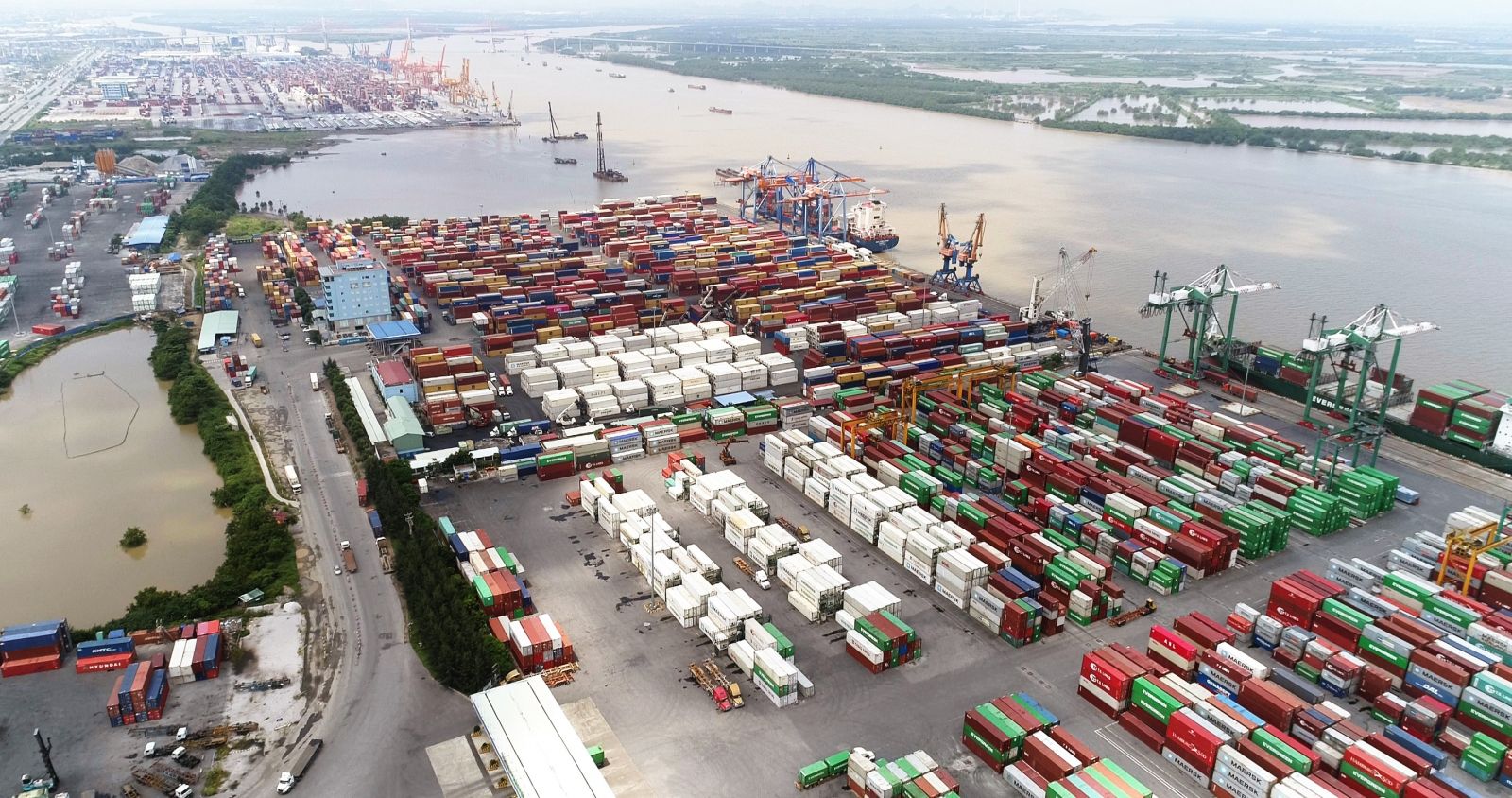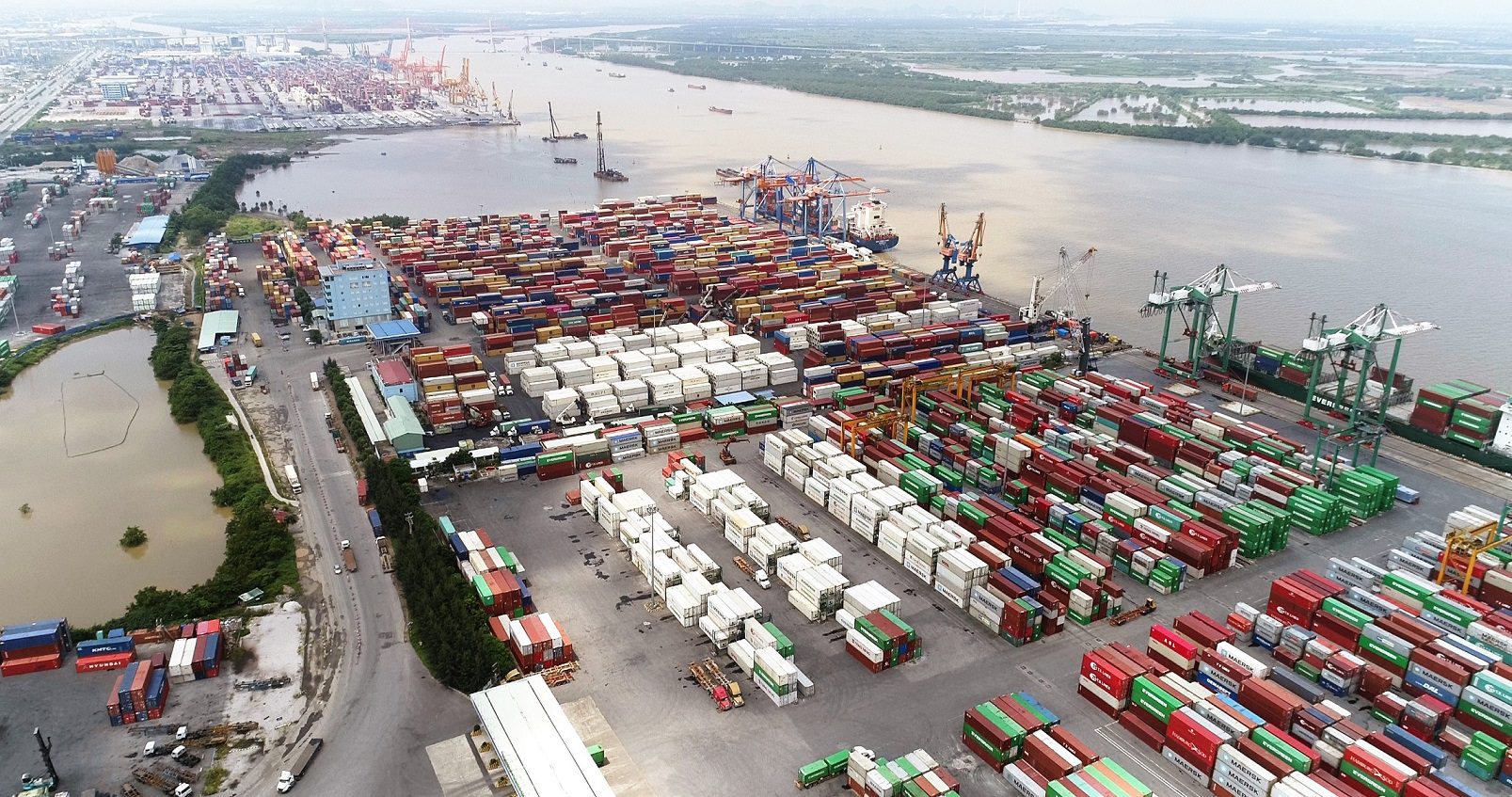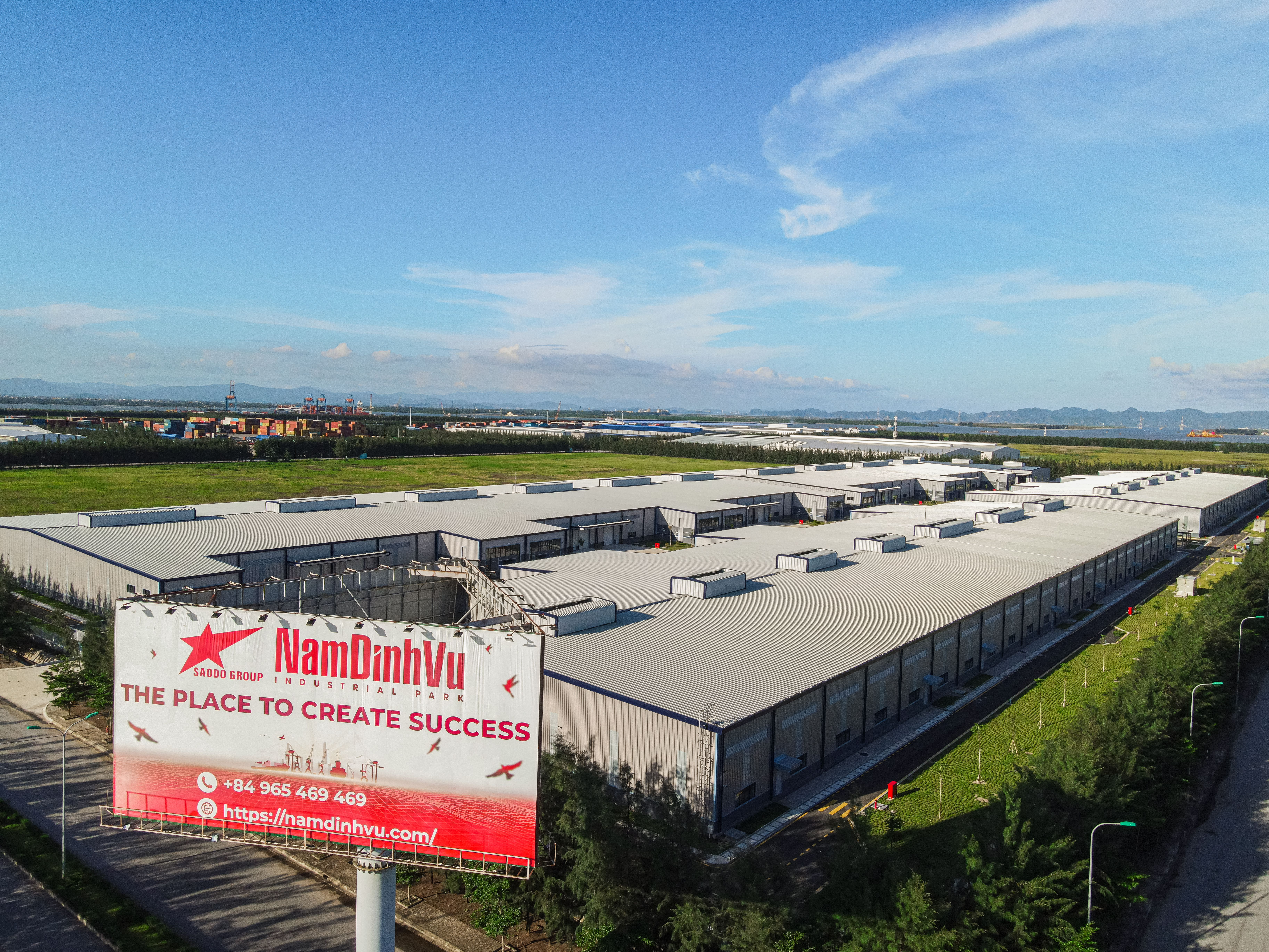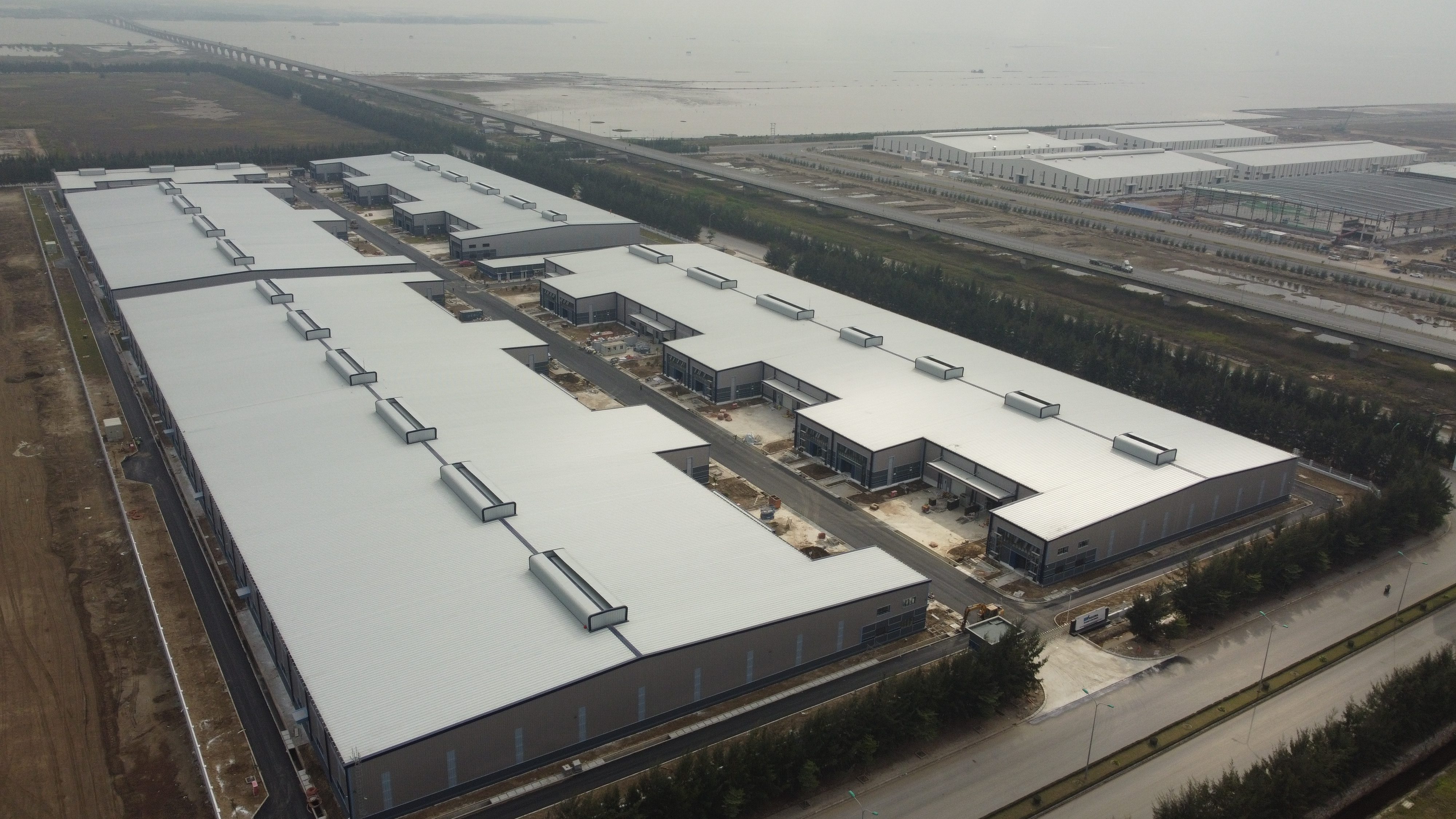Accounted for half to two thirds of transportation costs, transportation costs are considered the biggest burden in total logistics costs. The problem of transport infrastructure is the way out to significantly reduce logistics costs, which are already very high in the country.
About 3-4 years ago, a container truck running from Hai Phong port to Hanoi would take 5 to 6 hours if it went smoothly, the price of each trip varied from 6 to 7 million VND. Traffic jams occur continuously, sometimes lasting up to half a day. Each time traffic jams like that, the damage to businesses is millions of dong/trip because of fuel costs, turnaround time, contract fines for goods owners…

Open roads, open ports
Since the Hanoi – Hai Phong highway, the Dinh Vu crossroads overpass, the Le Hong Phong overpass, etc. have solved almost all of the congestion in the Hai Phong gateway area. If the average freight rate for 1 container from Hai Phong port to Hanoi is now only 4 – 4.5 million VND, each year the cost of transporting goods through Hai Phong port area by road has decreased by thousands. billion for businesses.
Previously, when Hai Phong did not have Lach Huyen deep-water port, shipping lines only operated an average vessel size of 1,200 to 1,500 TEU at the ports. Both 2017 and mid-2018, Hai Phong’s waterways were alluvial, and these sizes of ships could not be directly exploited, but had to be unloaded or transshipped by barges into ports.
The narrow channel and limited handling capacity lead to huge costs for shipping lines. In addition to the cost of loading and unloading, shuffling schedules, delivery progress, the cost per hour of the ship also costs tens of thousands of dollars more per day.
On May 13, 2018, Lach Huyen international port (Hai Phong) officially came into operation. With a 17m deep navigation channel, 14m deep wharf and modern seaport infrastructure, this port can receive ships of up to 14,000 TEU tonnage. Compared to the past, each shipment, shipping lines can cut costs by hundreds of thousands of dollars. And especially has attracted the attention of many major international shipping lines.
The “pair of cards” between the road and the seaport is really… a pair of friends going forward when the first time the volume of goods through Hai Phong port had a strong growth of 18.4% in 2018 (109 million tons).
All good or bad?
Just looking at the picture of Hai Phong’s transport infrastructure in a short time has shown that the level of transport costs has decreased a lot. In addition to directly reducing costs for businesses, the competitiveness of domestic enterprises is also enhanced.
However, looking at the whole country, in the 5 types of transport, only sea and road play the leading role, but they are not equal. The whole country has over 200 seaports, but there are only a few popular regional ports that can participate in the import and export of international goods: ports in Hai Phong, Da Nang – Hue, Ho Chi Minh City and Vung Ship. Roads have nearly 20,000 km of asphalt roads, but the number of highways is only counted on the fingers. In the north, the road connecting with border gates: Cao Bang, Lang Son, Mong Cai, etc. is still “elephant head, mouse tail”. The new road-seaport duo is at the level of … exiting goods through the port, but not really connecting the two beginning and ending points smoothly.
Although the theory still has to combine multimodal transport to take advantage of each type. However, currently 70% of goods are still transported by road. In addition to the improved infrastructure costs, the road – seaport still has to face other obstacles such as unofficial costs at the stage of procedures and … tolls. But, in the immediate future, this duo is still the trump card in cutting logistics costs.
EnterNews




